
Building on my previous work on environmental peacebuilding in Southeast Myanmar, my current research explores processes of “making peace” with disease-bearing mosquitos in Singapore. When I recently returned to the Thai-Myanmar borderlands for the 47th Southeast Asian Seminar, three key counterpoints to my research on the vexed human-mosquito relations in Singapore came into focus.
From Peace Parks to Making Peace with Pests
Building on ethnographic fieldwork conducted from 2016 to 2017 in Mutraw District of Karen State, Myanmar, my PhD research turns on issues of Indigenous worlds, conservation, and revolution. More specifically, it explores how Indigenous cosmologies, practices of ownership, and sovereignty are rescaled and translated into land policy and environmental governance in the Salween Peace Park, a 6,748 km2 Indigenously run and governed protected area in the heart of territory held by the non-state armed group the Karen National Union (KNU). Establishing this protected area opened a small pocket of peace (and sovereignty) in a landscape wracked by war. Accordingly, the key aim of the peace park is to create a space for “all living things sharing peace.” In this particularly idiosyncratic iteration of a Peace Park (cf. Ali et al., 2007; Büscher, 2013) and environmental peace building (e.g., Dresse et al., 2019), the work of creating inter-species harmony—of coexistence between humans and ecosystems—goes hand in hand with the work of creating intra-species, or human-human, peace (cf. Kim, 2022).
The 2020 winner of the Equator Prize, the Salween Peace Park.
In my current research, I push this work further by foregrounding ‘pest’ species (in the figure of mosquitos) as so-called “unloved others” (Bird Rose & van Dooren, 2011) with whom we often would rather not create inter-species harmony and coexistence with. Each year, mosquito-borne diseases are responsible for over half a million deaths worldwide. These staggering death counts led Bill Gates to declare mosquitos (not altogether fairly) as “the world’s deadliest” species. 1 As a result, when it comes to ‘pests’ in general, and mosquitos in particular, grand notions of inter-species harmony and coexistence often fall apart, with eradication seen as the only way to deal with them. When it comes to these ‘pests’, it is commonly reasoned, it is us versus them, and we are at war. Such conflict-laden messaging is highly evident around the world, from places like Singapore, where citizens are urged to practice the “Mozzie Wipe-Out” and enlist “Dengue Warriors” in the fight, to Nicaragua (Nading, 2014) and the Nile (Mitchell, 2002). And yet, as American naturalist Rachel Carson reminds us “we still talk in terms of conquest… [b]ut man is a part of nature, and his war against nature is inevitably a war against himself.” 2 Mosquitos are not only vectors of disease, but also integral strands in the web of life, providing vital nutrients for many other species. What is more, adult mosquitos subsist on plant nectar, and thus play an important role in pollinating many plants we hold dear (Goulson, 2021). As such, eradiating them entirely may cause trophic cascades as whole ecosystems unravel, in what some have called the “insect apocalypse” (Goulson, 2019; Carrington, 2019).
In my ongoing fieldwork in Singapore, I investigate these issues by looking into the ways people try to “make peace with pests”, not simply attempt to eradicate them. In exploring the ramifications of inter-species coexistence, I found that returning to the Thai-Myanmar borderlands revealed several counterpoints, three of which I sketch out below. I deploy a contrapuntal analysis, not a comparison, to highlight the ways Singapore and the borderlands accrue meaning through their differential yet relational juxtaposition to each other (Chao, 2022, pp. 145-46).
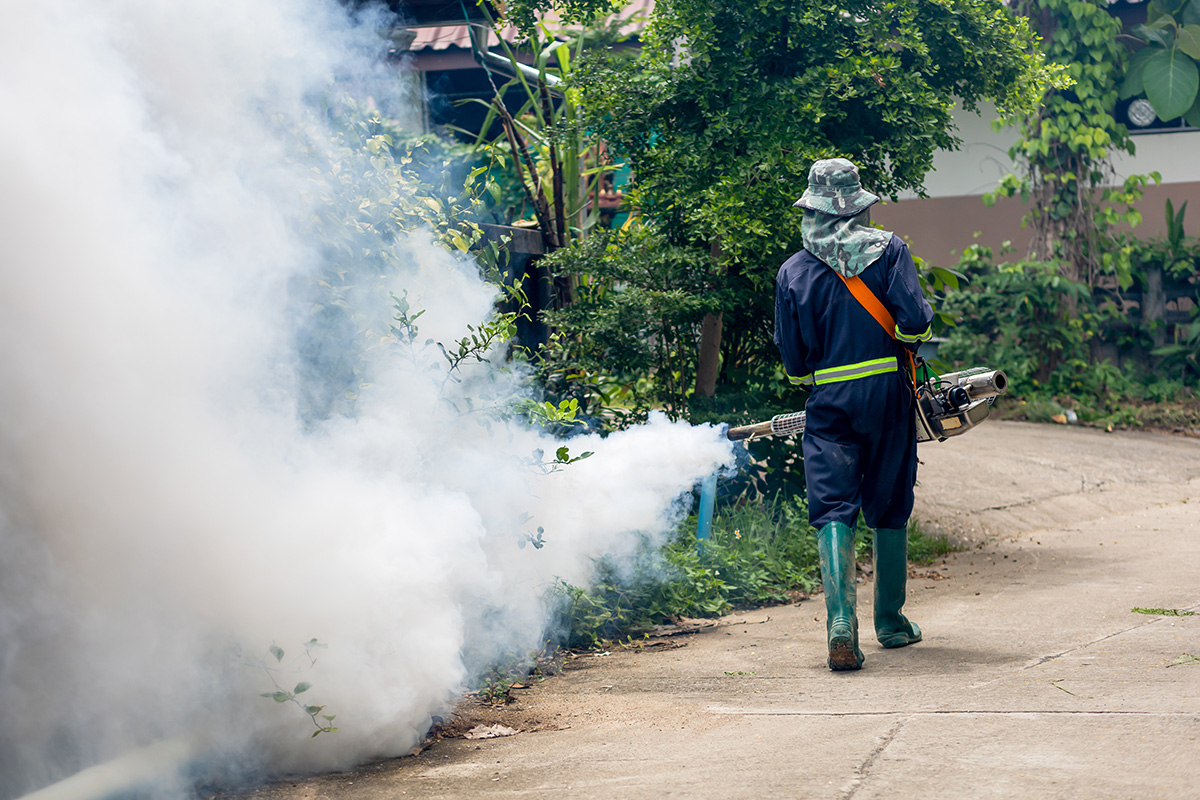
Living with Bio-Social Diversity
One of the first things that struck me upon returning to the borderlands was how they pull us away from fever dreams of species eradication, gently coaxing us toward a sense of coexistence and constant negotiation across difference. The most obvious example of this is the near absence of efforts to eradicate the Anophoeles mosquito, a vector of malaria.
In Singapore, an anti-malaria program focusing on vector control and source reduction (Ho et al., 2023) was first rolled out in 1921 and accelerated in the late 1960s. This program aimed to eradicate mosquitoes via the mass application of insecticide and extensive programs to remove standing water where mosquitos breed—entailing the razing of so-called “slums,” or kampong and rehousing people in high rise blocks (Ho et al., 2023, p. 7)—as well as aggressively trimming back the ever-encroaching jungle. In recent years, Singapore has begun relying on high-tech solutions, such as Project Wolbachia, which uses the Wolbachia strain of bacterium to hijack the reproductive system of the main vector of dengue, Aedes aegypti, or the yellow fever mosquito. Approximately six million male mosquitos infected with Wolbachia are bred per week in a bio-facility referred to as a “mosquito factory” before being released into dengue hotspots. As a result, cases of dengue have dropped by as much as 88 percent in some target areas (Liang et al., 2022). As one local entomologist told me, however, this project is not particularly sustainable, because as soon as bio-altered males are no longer released, mosquito numbers and dengue cases will likely quickly bounce back. Although a technical marvel, the program is a surgical effort to eradicate one “unloved other.” As such, and as stressed by staff working on Project Wolbachia, it is not a “silver bullet,” but rather relies on cruder eradication efforts, such as vector control via habitat destruction or “housekeeping,” to sanitize the environment. However, with no natural predators, such housekeeping can paradoxically promote mosquito numbers. Indeed, the Aedes aegypti has evolved to thrive in such sanitized environments, where the vast majority of its natural predators cannot live. We see that even in a highly controlled urban city-state, approaches like those employed in Singapore have their limits.
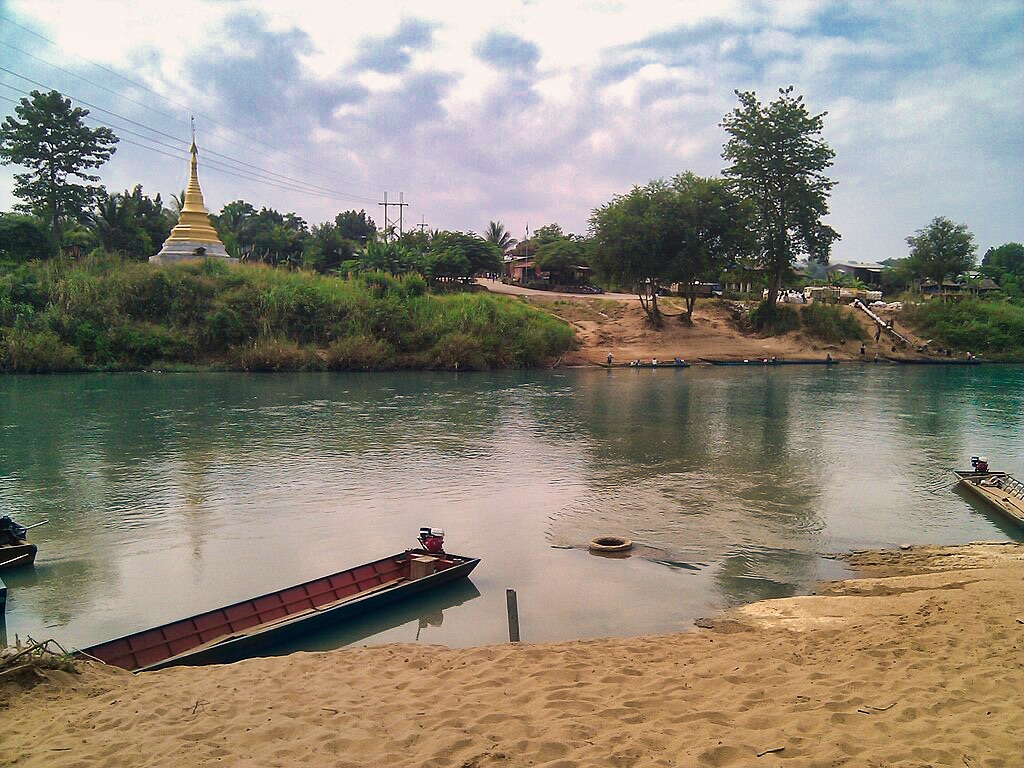
The Thai-Myanmar borderlands constantly confront us with the limits of control. This can be seen in the way that people, despite stringent border regulations, easily move back and forth using formal and informal crossing points. For example, over 10,000 Chinese citizens live and work in a casino town across the river in Myanmar, and some gamblers and staff traverse the border daily. To capture this lively landscape, I follow Mandy Sadan (2013) in describing these areas as borderlands/worlds rather than simply a/the border. As an epidemiologist from a local health facility pointed out, eradicating mosquitos in this environment is an impossibility. Borders here are highly porous and leaking, with mosquitos constantly reintroduced (cf. Löwy, 2017). This leakage is not only driven by human mobility, but also the vast mobility of animals, such as through cattle trade, and the enormous volume of goods shipped across the border each day. Historically, mosquitos have proven to be highly adept at hitching a ride on infrastructure, consistently evading attempts to control them (e.g., McNeill, 2010).
Spending time in these highly complex borderlands, it quickly becomes evident that it would be inviting madness to attempt to control the mosquito population here. Instead, border health organizations such as the Shoklo Malaria Research Unit (SMRU) target the disease agent, in this case the malaria parasite. This has led to a grassroots and community-based program to pre-emptively treat whole communities, including asymptomatic cases (Landier et al., 2018; Tangseefa et al., 2019).
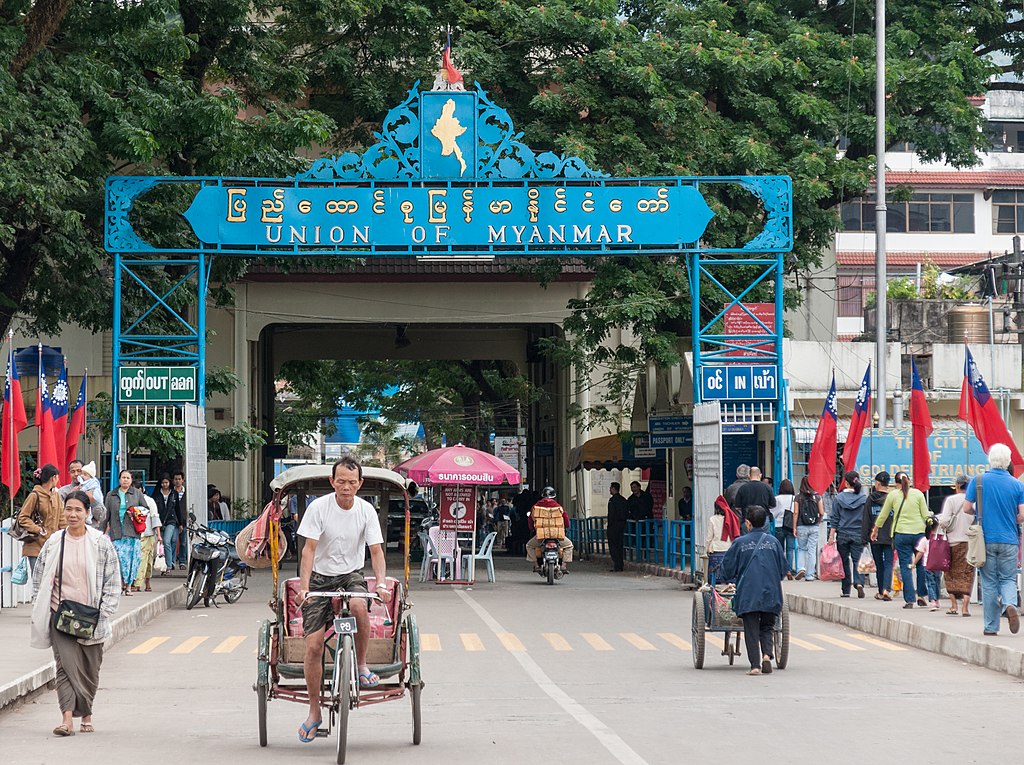
Marginality Matters
The borderlands also remind us that marginality matters when it comes to mosquito-borne diseases. At the Mae Tao Clinic in Mae Sot, a stone’s throw away from Myanmar, its founder, Dr. Cynthia Maung, stresses the social and political determinates of health. As she makes patently clear, we must not focus too doggedly on environmental factors, in the literal sense of forests and the bodies of animals that host diseases, but also examine social and political environments. This becomes particularly evident when we consider how, as we heard from staff from SMRU, the herculean efforts to eradicate the malaria parasite across the border in Southeast Myanmar are increasingly being undone by war following the 2021 coup.
Likewise, we learned from students at a migrant school on the Thai side of the border that, “everyone gets dengue at some point.” Given the cramped conditions students and teachers alike live in, dengue spreads like wildfire in these spaces. Moreover, while the symptoms are usually mild the first time a person contracts dengue, each reinfection increases the odds of developing Dengue Hemorrhagic Fever (DHF), which can be deadly (Guzman et al., 2010). At least two students died from DHF in 2011 in one migrant school in Mae Sot. Thus, dwelling for long periods of time in these borderlands, where freedom of mobility is low and vector control measures are minimal, greatly compounds the possibility not only of infection, but also of death by dengue fever.
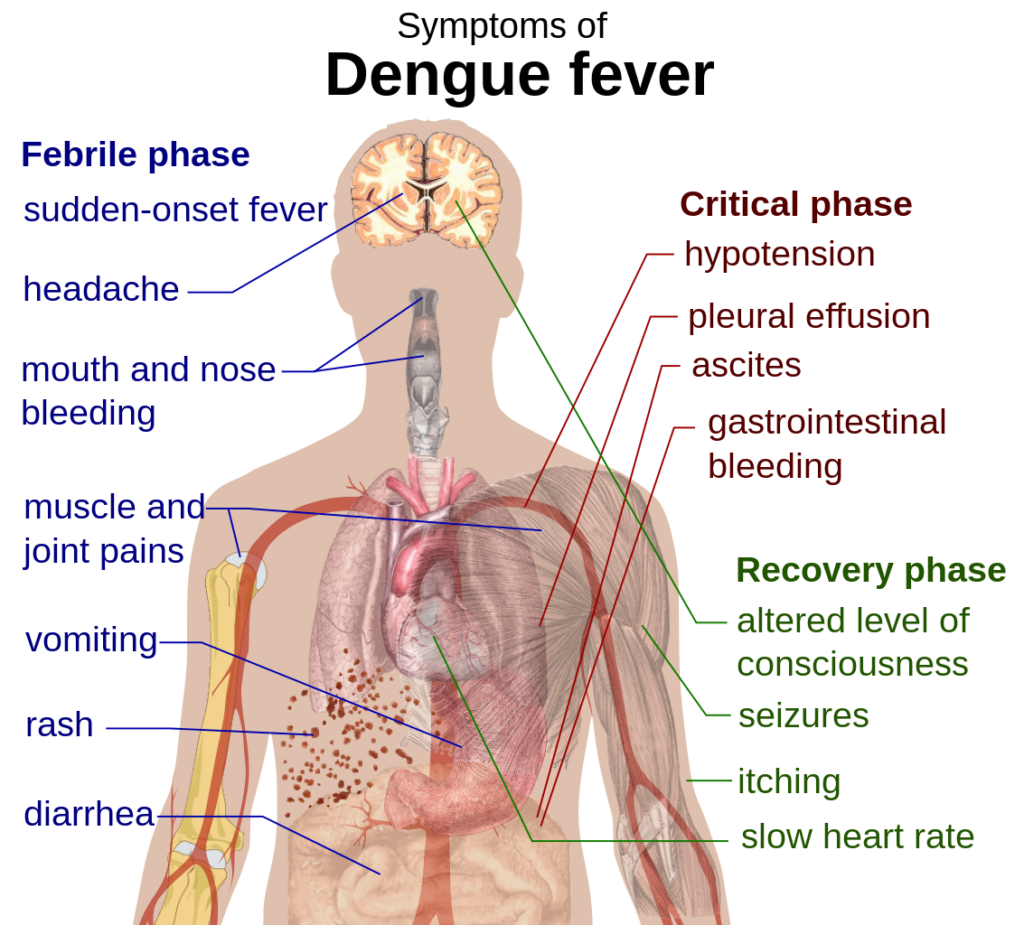
Furthermore, border marginalities not only compound the dangers of dengue fever, but are in turn compounded by dengue. Visiting a tuberculosis treatment facility known as “TB village,” for example, I met a migrant laborer from Bago District, Myanmar who had worked in a large factory outside of Mae Sot. The long hours and hard labor gradually took their toll on her health. She was plagued by recurrent bouts of fever and coughing, which plunged her deeper and deeper into debt from missed work hours and medical fees. After numerous visits to a local clinic, she was eventually informed that she had dengue, and should take paracetamol and rest. After yet another long bout of illness and repeated visits to clinics, she was finally informed at Mae Tao Clinic that she had tuberculosis and was promptly relocated to the “TB village.” When asked where she thought the TB came from, she insisted that none of the people closest to her had contracted the disease. She reasoned that she alone was infected because her immune system was already severely compromised by previous infections, such as by dengue. The borderlands counterpoint thus brings the glaring socio-economic aspects of mosquito-borne diseases into stark relief. While far from absent, such aspects are harder to discern in Singapore, where discussions of the implications of marginality on health—for example among immigrant and vulnerable communities—are muted.
Community-Engagement and Negotiation Across Distance
Finally, the centrality of community engagement and the capacity for radical alternatives are palpable in the borderlands.
In Singapore, I found that community engagement is predominantly through large-scale education programs that are, overwhelmingly, implemented from a central authority. Such programs bring together interdisciplinary teams of bureaucrats, entomologists, and public health communicators to formulate a consistent “cleared line” of messaging, as one community engagement worker phrased it. Focus remains on how to most effectively inform people of existing government policy and gently cajole them into complying with it (Liew et al., 2021). As a result, there is little room for alternative perspectives and approaches, with difference repeatedly homogenized.
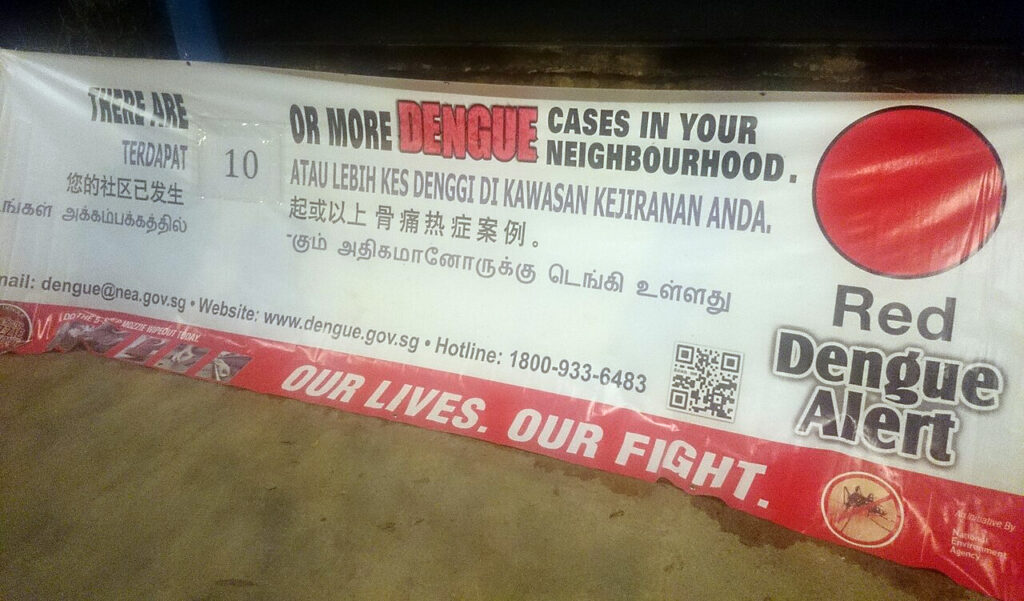
Such top-down messaging and implementation would, however, be doomed to failure in the fractured and fractious Thai-Myanmar borderlands. Accordingly, health organization such as SMRU (as well as Mae Tao Clinic and Mae Sot General Hospital) constantly work across difference. Tangseefa et al. (2019) identify nine key dimensions of community engagement that require working across differences. These are: people’s history, space, work, knowledge, rumor, relationship with the healthcare system, migration, openness to capitalist encroachment, and power relations. From the border, it becomes clearer that community engagement must entail negotiation and compromise while working simultaneously in a top-down and bottom-up manner.
In my coming research, I shall begin fleshing out these ideas, moving between counterpoints as I explore how people attempt to “make peace with pests.”
Tomas Cole
Stockholm University
Banner: Supertree Grove, Singapore. Photo: Annie Spratt, Unsplash
